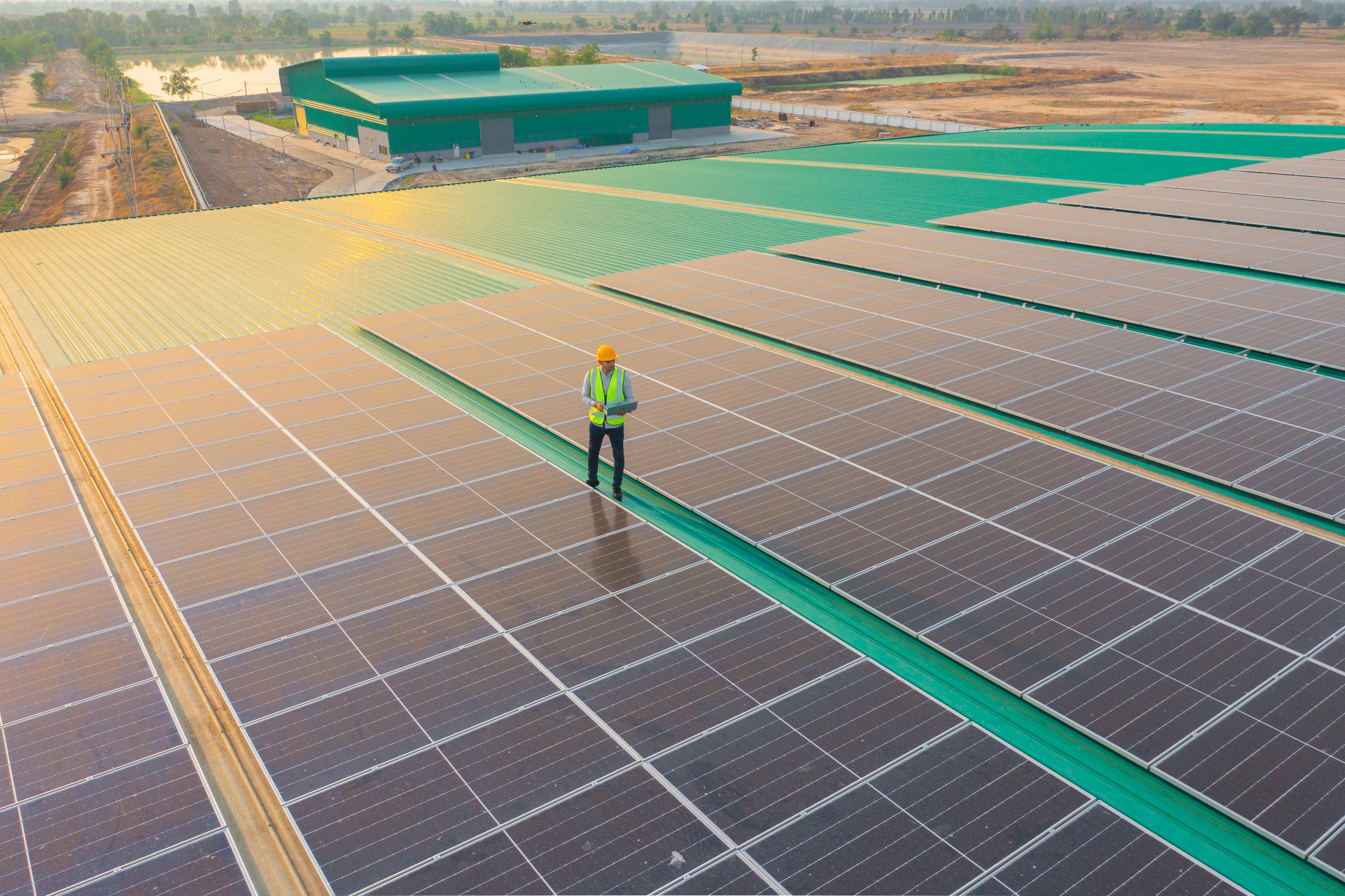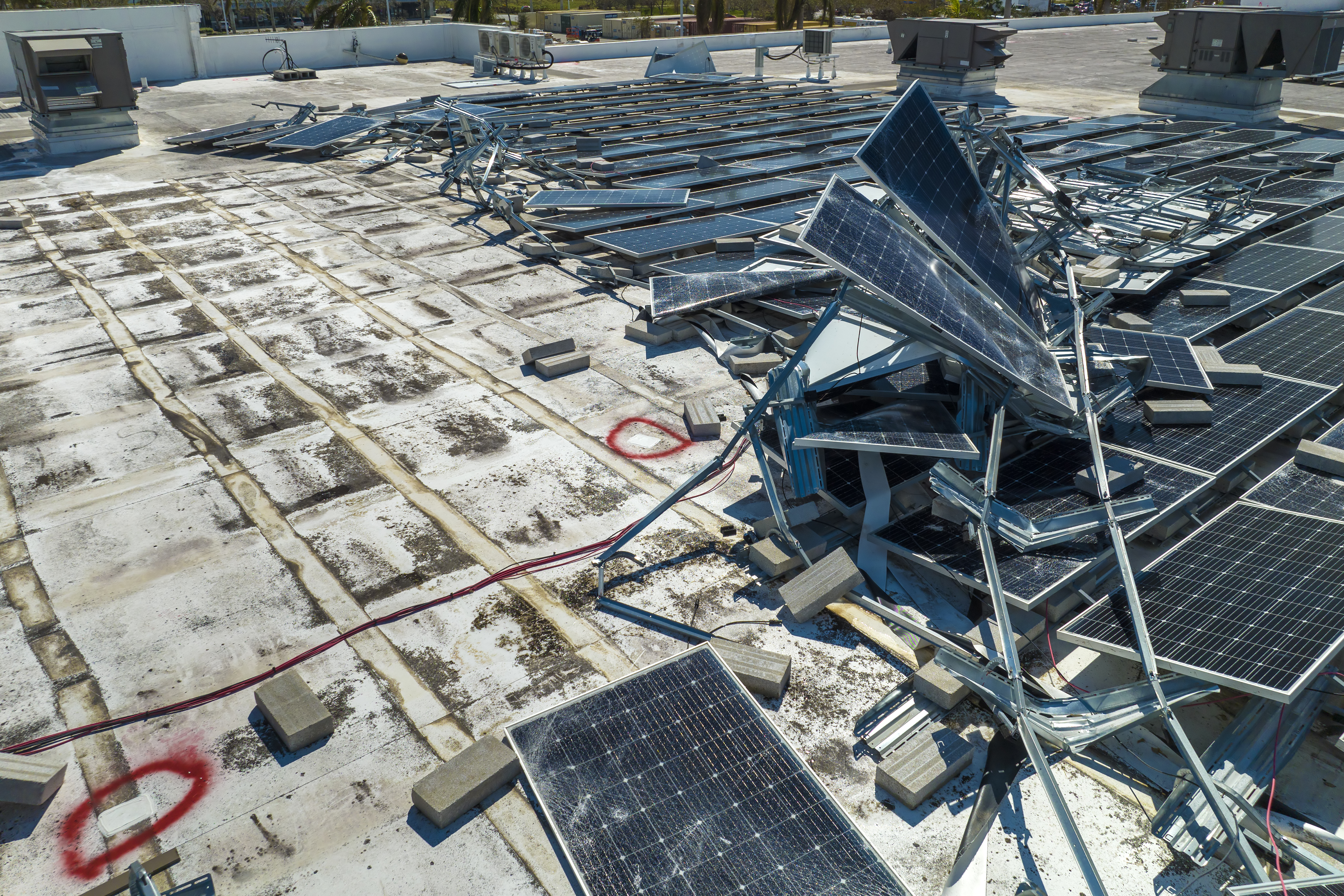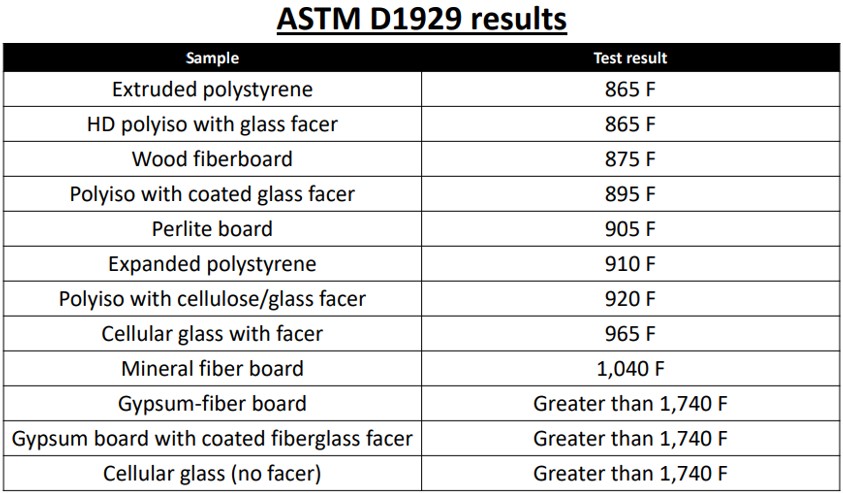Sign In
You're All Set
Welcome back! You are now signed in.
You have been logged out
You have been logged out due to inactivity
Forgot Password
Please enter the email address you used to create the account. We'll send you a link that lets you create a new password.
You're All Set
Please check your email. Click the link in the email to create a new password.
Reset Password
You're All Set
Success! Your password has been updated.
Change Password
You're All Set
Success! Your password has been updated.
Benefits & Risks of Solar Panels on Commercial Roofing
Installing solar panels on top of commercial, low-slope roofs is a growing trend to capitalize on the sustainability benefits that solar power can offer the building industry. But despite their benefits to the built environment, close consideration must be made before making the decision to proceed with rooftop solar panel installation.
What Are the Benefits?

Building owners opt for solar panels due to the clear benefits to both indoor and outdoor environments. Not only will converting a building to run on solar power reduce monthly electricity expenses, it could also protect the building from power outages in severe weather.
There is also the clear benefit of sustainability, where solar panels help offset and reduce carbon emissions that the building generates. The choice to install solar panels on the roof of a building can also help earn credits to contribute towards green building certifications like LEED and WELL, which creates a reputation as a company or business that is mindful of sustainability.
With such impactful benefits, installing solar panels on a commercial roof still introduces inherent risk to the structure that must be measured against alternative solutions.
What Are the Risks?

On its face, the choice to install solar panels is not a decision made lightly; all aspects of the building must be considered, especially if retrofitting an older building with solar panels. If the roof is old or on the verge of needing repairs or replacements, the installed solar panels must first be removed before work can begin, further increasing the upfront cost that was invested in the solar panels.
And despite the best efforts of professional installers, if the solar panel system is mechanically attached, it introduces holes to the exterior of the roof. These can affect the integrity of the system and can potentially increase exposure of the interior of the roofing system to water intrusion and other elements. This can damage the insulation and create an environment for mold growth and erosion to the interior structure of the roof.
An alternative installation method for solar panels is a ballasted system, which weighs down the solar panels and holds them in place. Even though this method proposes an alternative to drilling holes in the roof, heavy ballasts can crush or create sag in the roofing system due to excessive weight, damaging the interior of the system, again, exposing it to outside influences. Additionally, since the ballasted panels are not fastened to the roof aside from pure weight, it can lead to wind uplift issues that can cause solar panels to drag across the roof surface or completely lift and blow away, depending on the severity of the weather.
Another consideration is the potential for accidents. Increased foot traffic on the roof should be accounted for to ensure that the solar panels are properly maintained and in full operation throughout the lifecycle of the building. Going further, solar panels also impose an increased risk of fire hazards if not installed correctly or improperly maintained. Each of these situations vary in severity, but they both ultimately lead to costly renovations.
While there are inherent risks when opting for solar panels, you can potentially erase each of these issues with the right roofing system in place by partnering with a proven, performance-driven manufacturer like USG.
The USG Solution
A roof cover board acts as a protective layer for the roofing system that prevents damage and extends the life of the entire roof, but they are not always required and not widely specified for roofing systems. However, the benefits and value that cover boards add to a roofing system can effectively address most of the risks inherent in rooftop solar panels and should make them a priority for any commercial roofing system utilizing solar power. In fact, the National Roofing Contractor’s Association (NRCA) recommends a thermal barrier under the membrane of every roof system with installed solar panels.

Pictured above: Test results of cover board samples from ASTM D1929, “Standard Test Method for Determining Ignition Temperature of Plastics”
High density polyisocyanurate panels are often marketed as a solution for photovoltaic, or solar panel roofing systems, but these panels lack high compressive strengths and have inconsistent fire ratings from manufacturer to manufacturer. The USG Securock® Brand Roof Board portfolio can protect a roof from impact damage that might occur during solar panel installation and maintenance while also providing excellent FM Class 1 and UL Class A per UL 790 fire ratings, exceeding the performance of other cover board compositions by withstanding temperatures more than 1,740°F. And with compressive strengths up to 1800 pounds-per-square-inch, Securock® Brand cover boards help achieve superior wind uplift ratings for a wide variety of photovoltaic roof systems.
The Securock® Brand portfolio also offers a sustainable solution to couple with solar power. Securock® Brand Gypsum-Fiber Roof Board is GREENGUARD certified and LBC compliant, using a dense concentration of gypsum and cellulose fibers to provide exceptional panel and bond strength through to the core with low surface absorption.
Mitigate risk when you future proof your roof with USG Securock® Brand—learn more here.
Resources
https://www.nicholsonsts.com/articles/fixing-solar-panels-to-membrane-roofs/




